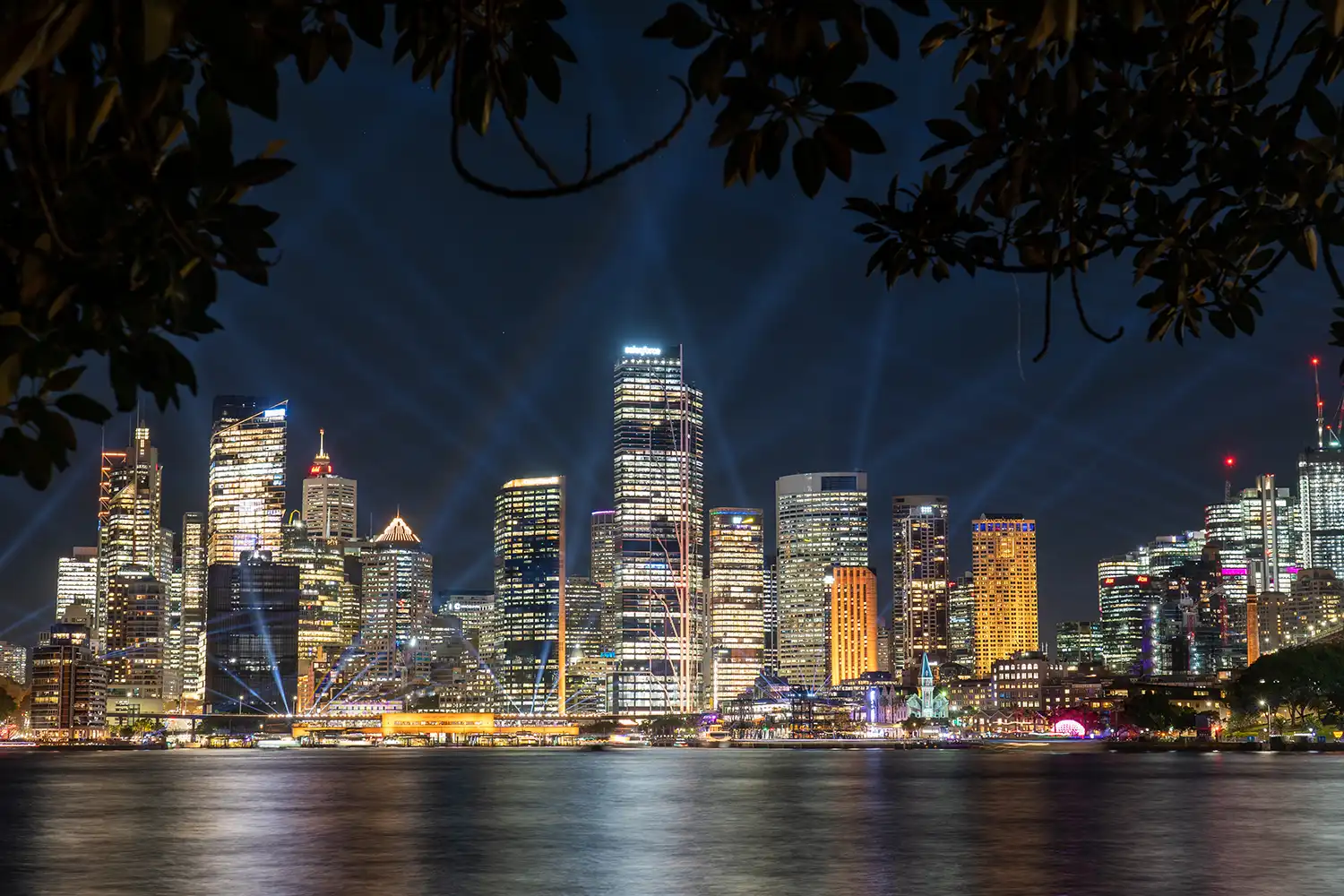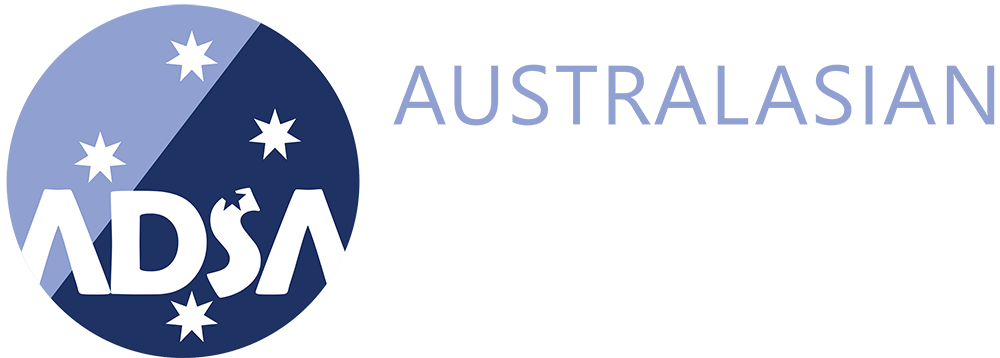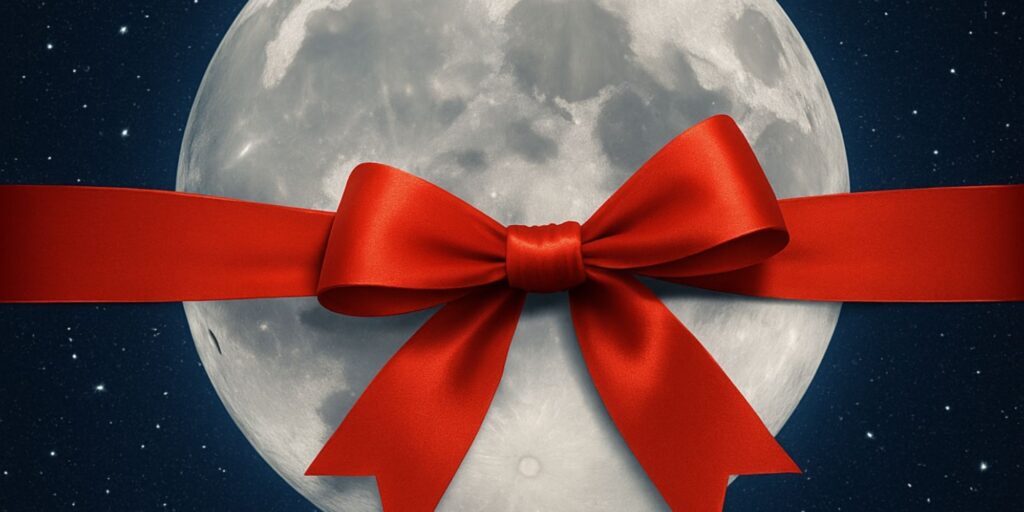What is Light Pollution
Light pollution is the inappropriate or excessive use of artificial light at night.
How Artificial Light Affects Our Night Environment
Recognised by the World Health Organization, UNESCO, and environmental agencies globally, it’s one of the fastest-growing environmental threats – at a massive 10% year on year.
Light pollution, ALAN (artificial light at night) takes several forms:
- Skyglow – the brightening of the night sky from urban light, reducing visibility of stars and astronomical phenomena.
- Glare – harsh, direct light that reduces contrast and visibility, impacting road safety and security.
- Light trespass – unwanted light entering homes or natural areas, disrupting sleep and wildlife behaviour.
- Clutter – overuse or poorly coordinated lights, common in commercial zones and transport corridors.
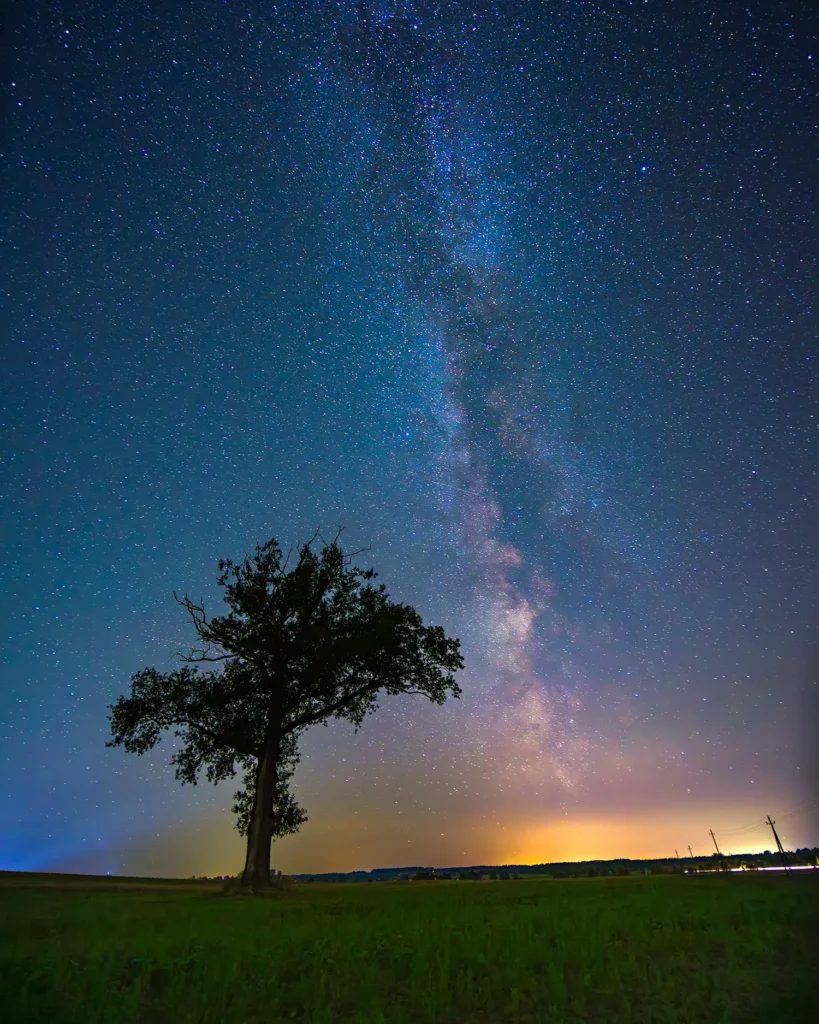
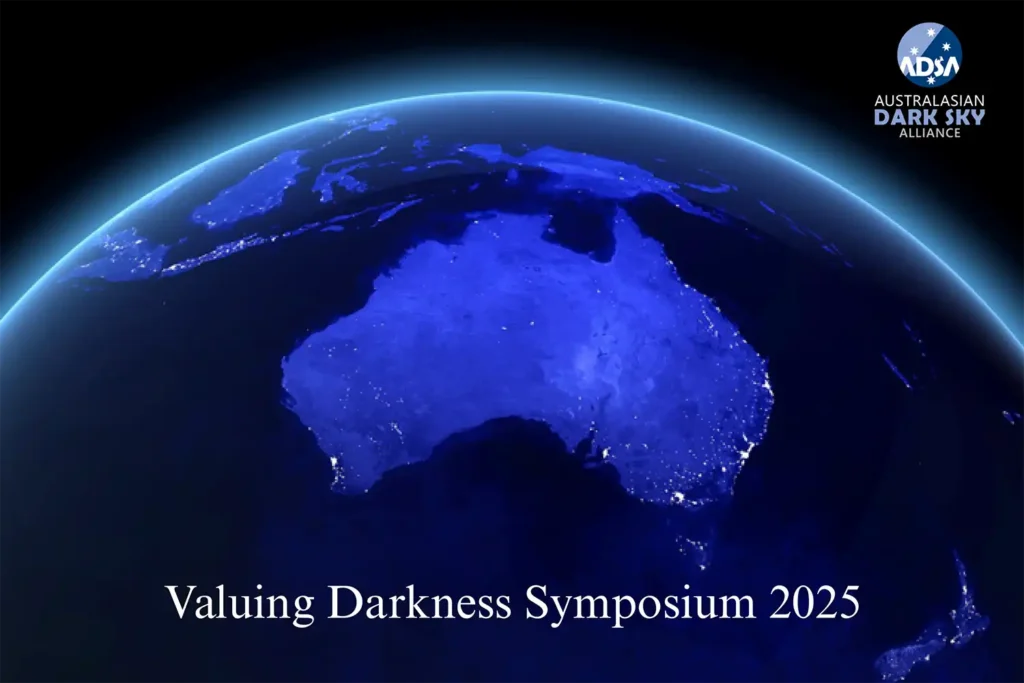
valuing darkness
In March 2025, the Australasian Dark Sky Alliance hosted a three-day symposium and webinar, Valuing Darkness. This compendium brings together the highlights of the speakers, their presentations, and their research — presented in a lively, engaging way that makes the science and stories of darkness accessible to everyone.
Valuing Darkness will now be an annual event, bringing together experts, advocates, and curious minds to explore the many dimensions of natural darkness. Join our mailing list to stay informed about upcoming events, workshops, and conferences.
Unknowingly Ecologically Devastating
As our use of streetlights, LED billboards, and nighttime lighting for entertainment and productivity grows, the need for stronger standards, smarter policies, and greater public awareness become imperative.
The good news? The technology is already here – what’s missing is policy and action.
